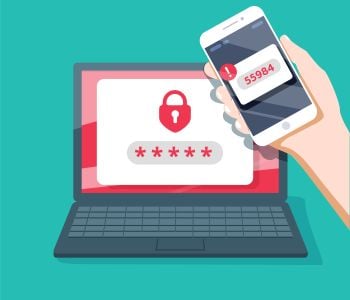
In a digital world built on logins, passwords, and authentication codes, scammers are becoming masters at manipulating people into giving up their personal information, all under the pretense of helping them. These are called account verification scams, and their tactics are growing more sophisticated, often exploiting fear, urgency, and a false sense of security.
How Account Verification Scams Work
- They Claim Something is Wrong With Your Account
Claims come in two main forms, phone calls and texts. Scammers impersonate bank representatives or tech support using spoofing techniques to make their caller IDs look legitimate. They’ll say they’ve noticed suspicious activity or a problem with your account, hoping to catch you off guard and push you into revealing sensitive information.
- They Ask for a Verification Code
Verification codes are a key part of two-factor authentication (2FA), a security method that adds an extra layer of protection to your accounts. These codes are often generated by an authenticator app or sent via text. Scammers may trick you into sharing this code, giving them direct access to your account. Legitimate representatives will never ask for your verification code, ever. If they do, it’s a scam.
- They Pressure You to Act Fast
Scammers rely on urgency to override your judgement. They’ll say things like “your account will be locked” or “this is your last chance to fix it.” This tactic is designed to make you panic and act without verifying the situation.
- They Sound Helpful and Kind
To gain your trust, scammers often sound calm, professional, and even sympathetic. They may claim they’re trying to resolve an issue or protect your account. This emotional manipulation is a hallmark of phishing scams, where the scammer’s goal is to make you feel safe enough to share your personal information.
How to Protect Yourself
- Never share a verification code with anyone, even if they claim to be from your bank or tech provider.
- Enable app-based authentication (such as Google Authenticator) instead of text messages for added security.
- Use strong, unique passwords for each account.
- Set up account alerts so you know when changes are made.
- Slow down—urgency is a red flag.
If You Think You’ve Been Targeted
- Contact your financial institution immediately.
- Report at ReportFraud.ftc.gov.